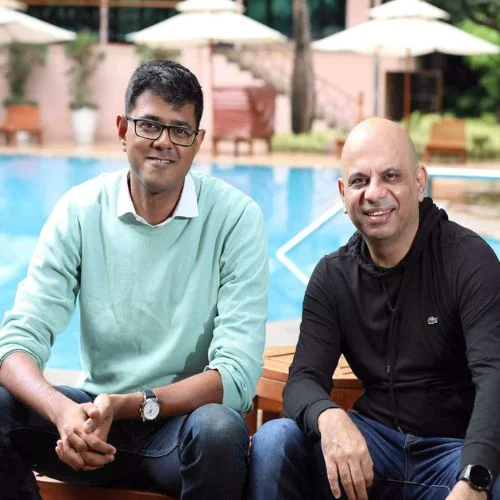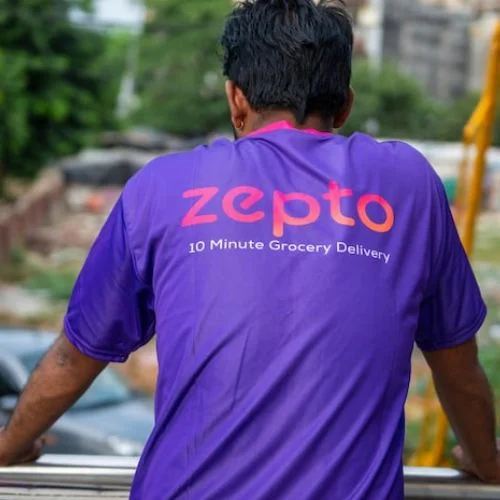The 145 MW(ac) or 195 MW(p) Cirata floating photovoltaic (PV) power plant, which is situated in Cirata Reservoir, West Java, was officially opened today. With the completion of this event, Indonesia has surpassed Singapore’s Tengeh floating solar power plant to become the home of Southeast Asia’s biggest floating solar power plant, which is a significant milestone.
The Cirata floating PV power plant’s functioning is regarded by the Institute for Essential Services Reform (IESR) as a noteworthy accomplishment in hastening the construction of large-scale solar power plants in Indonesia. Since 2020, the nation’s progress in solar power development has essentially stopped. However, solar PV is now the least expensive renewable energy source due to its declining investment costs. Therefore, to achieve its objective of reaching the peak emission target for the electrical sector by 2030 at the lowest feasible cost, Indonesia must maximize the technological potential of PLTS, which exceeds 3.7 TWp to 20 TWp.
To increase the use of solar power plants, IESR also exhorts the government and PLN to capitalize on the technological potential of floating PV power plants, which in Indonesia can generate up to 28.4 GW of electricity from 783 places near bodies of water. Large-scale floating solar power plants have the potential to be developed in at least 27 locations of water bodies that have hydropower plants (PLTA). These plants have the potential to produce 4.8 GW of power and require an investment of USD 3.84 billion (IDR 55.15 trillion), according to data from the Ministry of Energy and Mineral Resources.
Making use of this floating solar power plant’s potential will help us reach our goals for net zero emissions (NZE) and a renewable energy mix faster than 2060.
The State Electricity Company (PLN) and the government need to develop a regulatory framework that entices companies to invest in floating solar power facilities to fully realize their potential. Offering an alluring rate of return on investment that not only fits the risk profile but also looks good and eases extra responsibilities is one approach to do this.
The government is particularly concerned about PLN’s assignment strategy to its subsidiaries since this has been a top choice for the development of floating solar power facilities. Using this plan, the subsidiary looks for minority ownership equity investors, but it also requires them to be prepared to take on a greater percentage of the equity in the form of shareholder loans.
“This scheme benefits PLN but cuts the return on investment for investors and risks the bankability of the project and the interest of lenders. This scheme can also create unfair business competition among business players, as only those with large equity can partner with PLN, and most investors are foreign. This could impact overall investment interest,” said Executive Director of IESR, Fabby Tumiwa.
According to Fabby, the government must support the solution by bolstering the capital of PLN and its subsidiaries through special state capital participation (PMN) for the development of renewable energy and by giving PLN concession loans through PT SMI, which PLN can subsequently convert into share ownership in projects involving floating PV power plants.
With the backing of firm and enforceable government laws, Indonesia can benefit from the potential for investment and low-emission energy generated by floating solar power plants. The Minister of Public Works and Public Housing Regulation Number 7 of 2023 on the Second Amendment to the Minister of Public Works and Public Housing Number 27/PRT/M/2015 on Dams was released by the government in July 2023. This regulation eliminates the 5% cap on the area of water bodies in reservoirs that can be used for floating solar power plants.
Larger-scale floating solar power plant development is made possible by the legislation, as long as it is followed by obtaining a recommendation from the Dam Safety Commission before using more than 20% of the water body area.
To develop solar PV, Marlistya Citraningrum, Program Manager for Sustainable Energy Access at IESR, views this as a chance to get around land concerns.
“Land availability is often an obstacle in the development of solar PV, especially in areas already dense with high land prices, as well as land cover that may not be suitable for solar PV, for example, too steep or productive agricultural land. Indonesia also has several dams, whether hydropower or not, that could be used as potential sites. The Hijaunesia 2023 project, for example, has offered the development of floating solar power plants in Gajah Mungkur, Kedung Ombo, and Jatigede with a capacity of 100 MW each,” Marlistya mentioned.
Marlistya does, however, feel that there is still room for improvement in the general design, tendering, and building of floating solar power plants in Indonesia. The Cirata floating solar power plant is a flagship project that represents a significant amount of intergovernmental cooperation (G2G). However, the project’s timeline is lengthy, having begun with a memorandum of understanding between Indonesia and the United Arab Emirates in 2017 and the establishment of a joint venture between PJB Investasi and Masdar in the same year. The new PPA was signed in 2020, and financial closing occurred in 2021. The financial appeal of floating solar power plants in Indonesia is diminished by this protracted procedure.
In Indonesia, supply chains for solar PV and floating PV components, including solar cells and modules, are also still in the early stages of development. Solar cells and modules meeting tier 1 standards that are made in Indonesia are not just destined for the overseas market—which has not yet reached 1 GW—but also for the home market. To construct an integrated solar cell and module plant in Kendal Industrial Estate, Central Java, with a manufacturing capacity of 1 GW/year, Chinese tier 1 solar cell and module manufacturer Trina Solar has partnered with Sinarmas.















